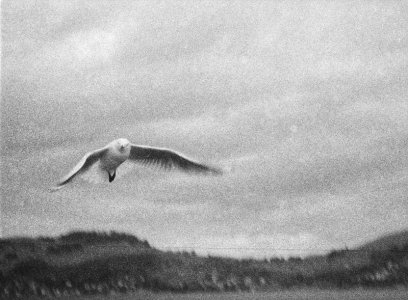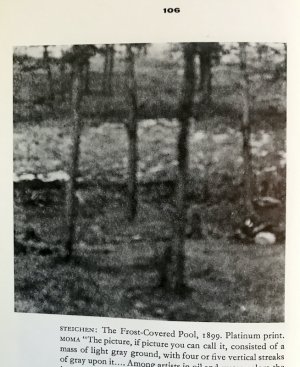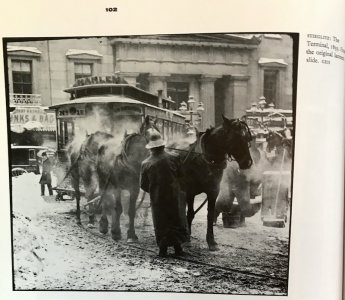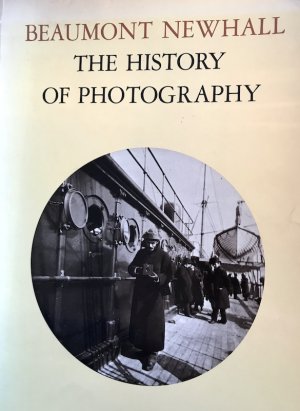Tony Warren
Well-Known Member
A comment on a recent post of mine on 35MMC prompted these thoughts. The individual said he was a fan of grain and that Alfred Stiegltz used it in his work. I replied that Steichen used grain more than Stiegltz. He probably saw it mainly as an unavoidable component of the emulsions then available. Steichen on the other hand used grain as an expressive element in some of his images to reinforce his intentions. That's how I see grain, it is one of several options available to the photographer along with choice of shutter speed, aperture, framing, film and developer. This example is taken on 110 using Lomography Tiger processed in Rodinal - so golf balls! The original uncropped frame is below.
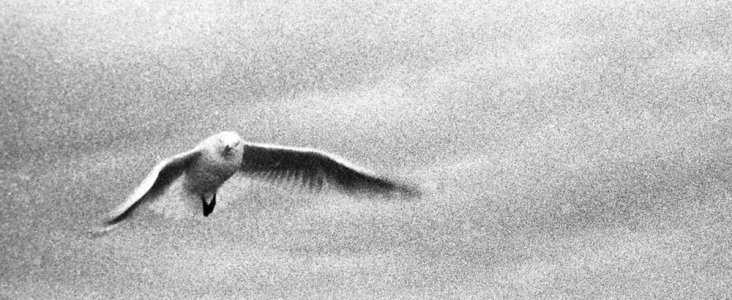
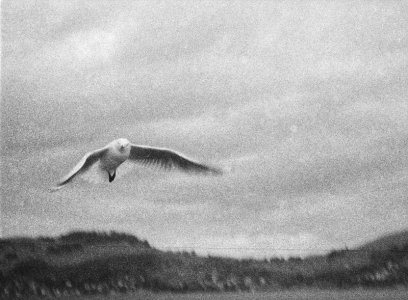
Any opinions?


Any opinions?

